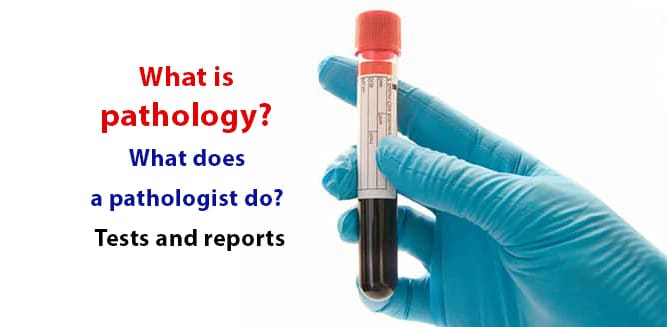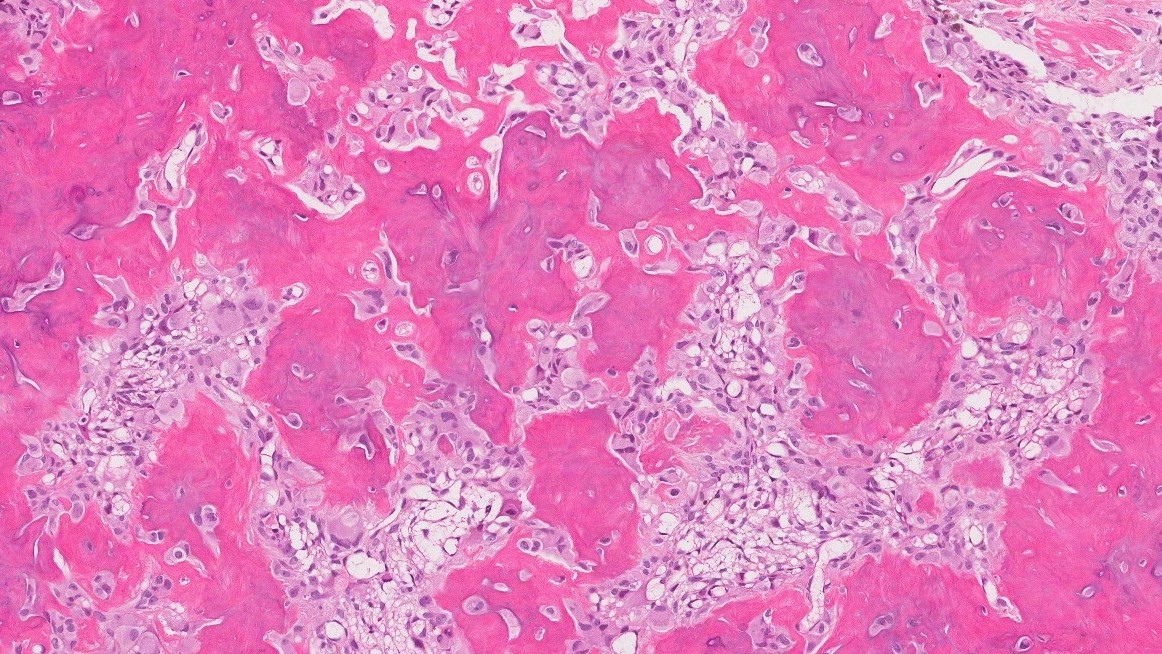


We also help document mechanisms of success and failure of reconstructive orthopedic procedures, such as joint arthroplasty or enhanced fracture healing. Both pathology and pathologist come from the Greek word pathos, meaning suffering. It impacts nearly all aspects of patient care, from diagnosing cancer to managing chronic diseases through accurate laboratory testing. You may be wondering: what is a pathology doctor called A pathology doctor is called a pathologist. Pathology is the medical discipline that provides diagnostic information to patients and clinicians. By looking at changes in tissue, blood and other body fluids it is possible. So, what is pathology, and what does a pathologist do Pathology is the study of the causes, nature, and effects of disease. Our pathology faculty members interpret more than 25,000 anatomic pathology examinations per year, mostly related to metabolic, infectious, traumatic, degenerative, and neoplastic diseases of bones and joints. The author defines Digital pathology (which can also be referred to as virtual microscopy) as capturing, managing, analyzing and interpreting of digital. Pathology is the branch of medicine that involves studying and diagnosing diseases. We perform close to 2 million laboratory tests per year in the sections of clinical chemistry, hematology, microbiology, immunology, and immunohematology (blood banking).Īnatomic pathology refers to testing of tissue specimens - at HSS this means the examination of bone, joints, tendons, ligaments, and muscle under the microscope. At HSS the Department of Pathology and Laboratory Medicine is divided into two sections: clinical pathology and anatomic pathology.Ĭlinical Pathology is responsible for tests performed from blood, urine, and other body fluids. Pathology means “the study of disease," and pathologists are the doctors who interpret biopsy or cytology specimens, monitor laboratory testing, and help interpret those laboratory tests.


 0 kommentar(er)
0 kommentar(er)
